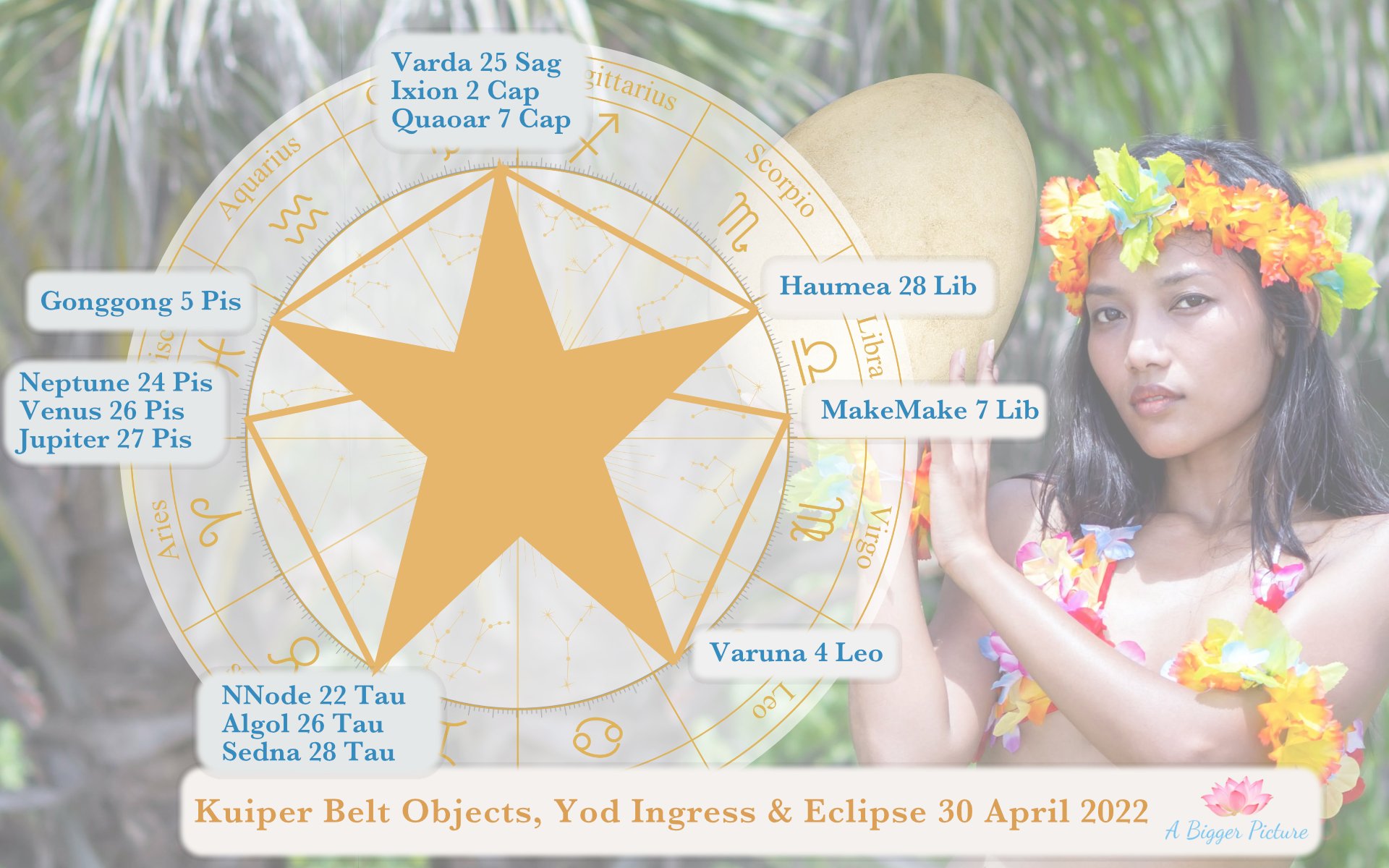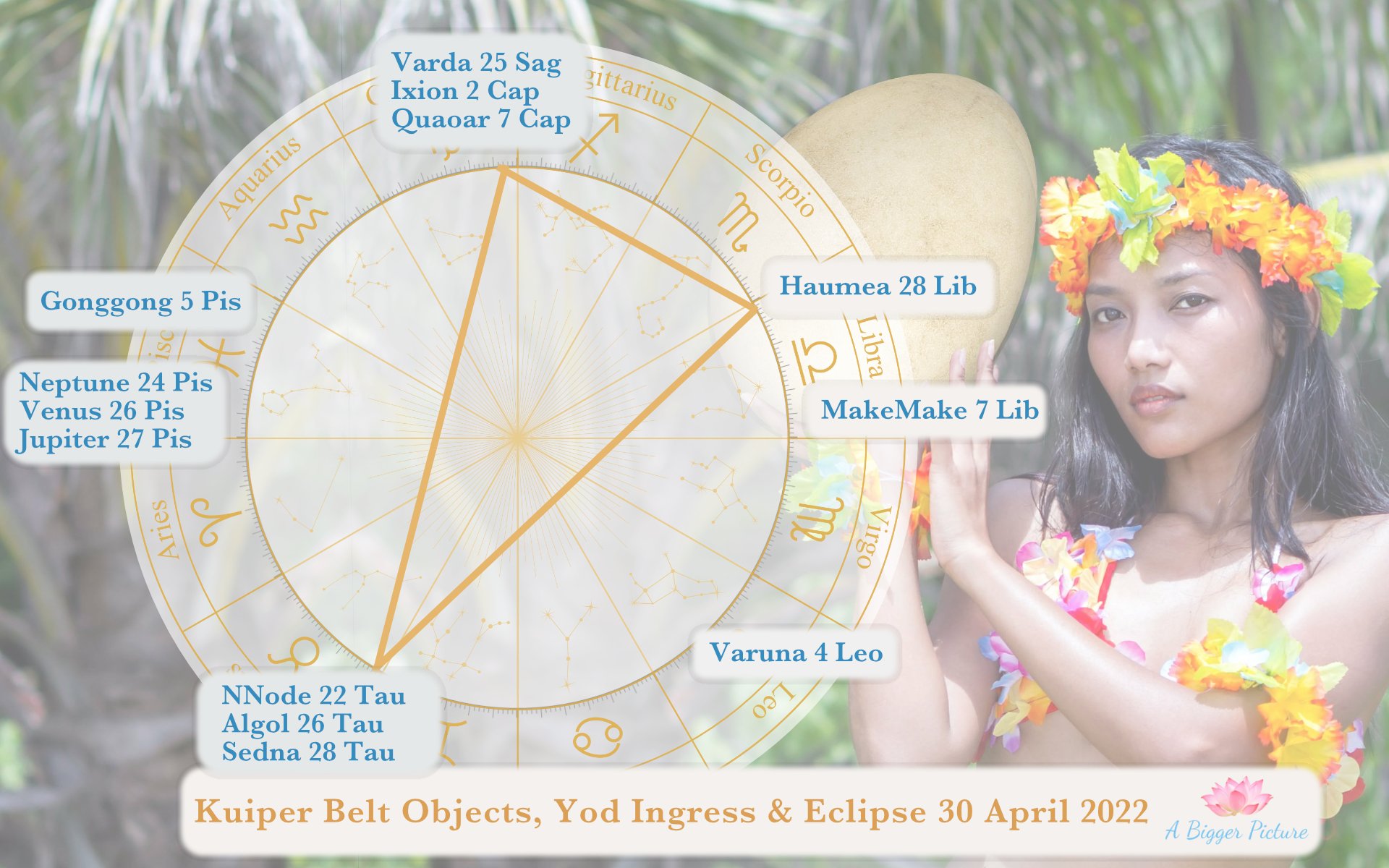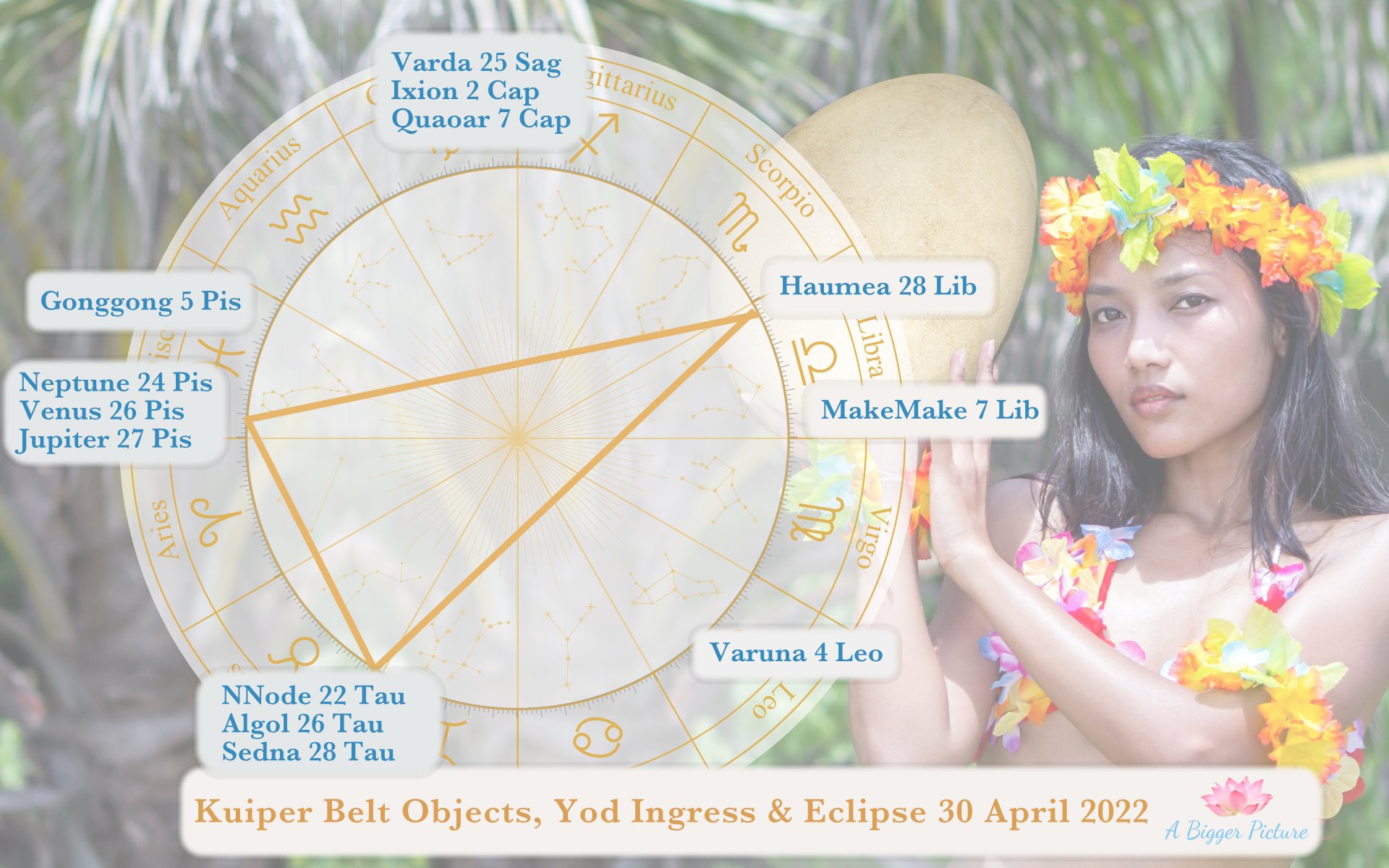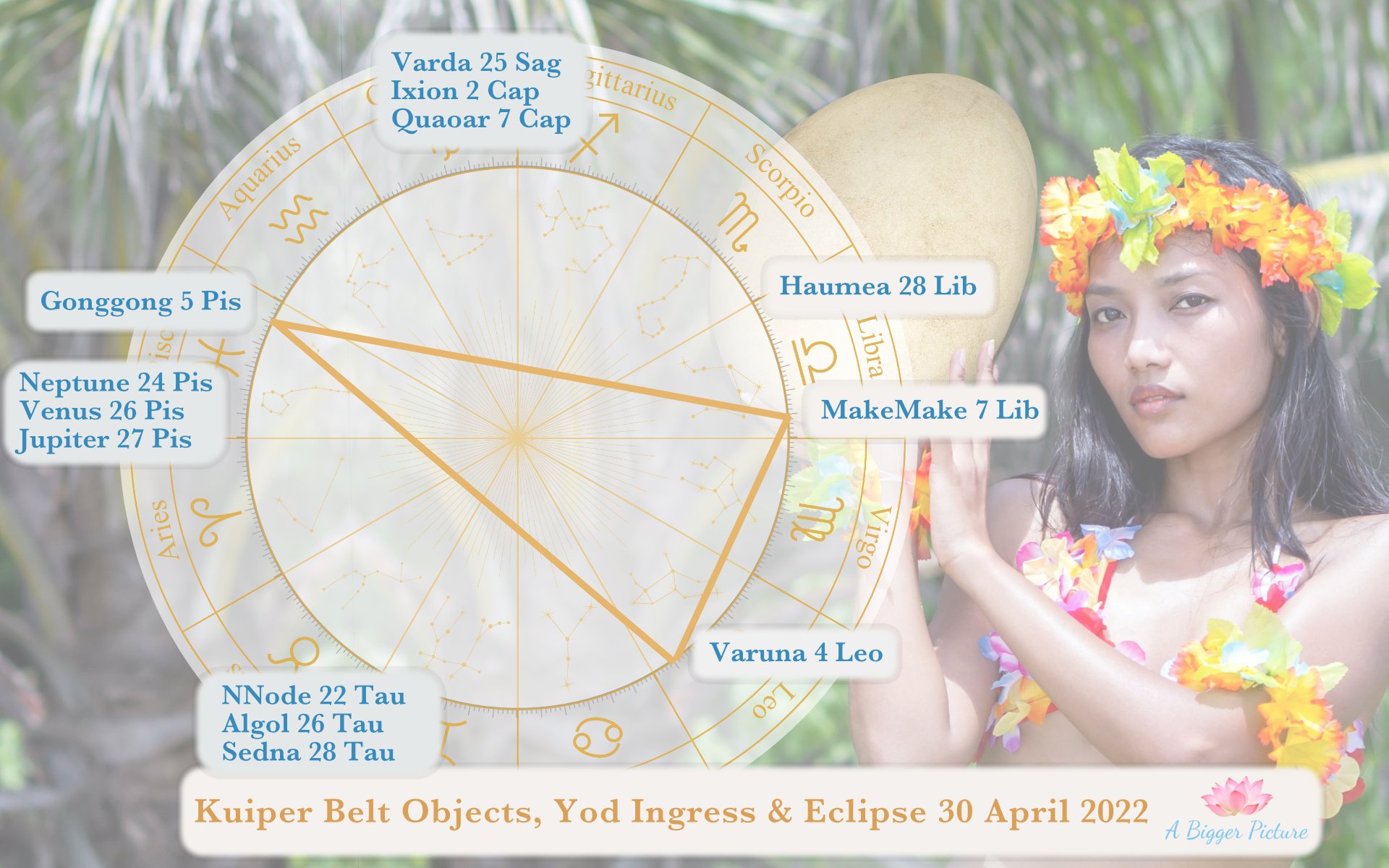Sedna Orbit
Sedna is the Inuit Goddess of the Sea and Marine Animals.
Sedna takes about 11,400 years to orbit the sun. Eris takes 557 earth years, and Pluto takes about 248 years.
The Kuiper belt is distinct from the hypothesised Oort cloud, which is believed to be a thousand times more distant and mostly spherical. The objects within the Kuiper belt, together with the members of the scattered disc and any potential Hills cloud or Oort cloud objects, are collectively referred to as trans-Neptunian objects (TNOs) Here is a list of the Kuiper belt objects (that had already been named) in the order of being the most brightest as viewed from Earth: Pluto, MakeMake, Haumea, Charon, Orcus, Quaoar, Varda, Varuna, Ixion.
The most important aspect of the images below for the reader to observe, is the horisontal line in the side wiew, which is called THE ECLIPTIC. This is the plane that the inner and outer planets orbit around the sun. This is the general orbit of planets like Mercury, Venus, Mars, Jupiter, Saturn, Uranus and Neptune; on the ecliptic. Pluto is the first TNO that makes a deviation from this norm, which is the normal for the TNOs. Eris for example, makes a very wide inclination of 44 degrees. Sedna, on the other hand, moves in such a wide elliptical orbit that it orbits into the Oort Cloud, which is considered the most distant area of known space. The TNOs have much in common, however, they also have great differences, which is why it has been such a challenge for astronomers to reach a consensus around classifications based on characteristics.
She is the both Goddess of the Deep Abyss, who dwells in the deepest, most inaccessible part of the Arctic Ocean, and far outer reaches of known space as the dwarf planet. She is a mere 50 years from within her closest brush to Earth. Sedna’s watery energies are affecting each of us as individuals, resulting in some mental health crises, extreme tiredness, and icy, stuck emotions. Having to wade through intense psychologically buried emotions of frozen anger, resentment, disappointment etc. that comes up from the depths, due to betrayal, neglect or being swindled out of a good life. Needing to become unstuck; to forgive, heal and find renewal, in your own energy. Being abundant, giving, and more loving than before. Read Sedna articles on the Sedna Blog.
In 2006, the International Astronomical Union reclassified Pluto as a dwarf planet, due its size, and due to all the other Kuiper Belt objects that were discovered in the years prior. This new group/class ended the debate on what really constitutes a planet. Why? The newly discovered objects have very similar characteristics to Pluto. If they were to be considered planets, the number of planets that we have will keep on growing. Due to the new classification for Kuiper Belt Objects done after the discovery of MakeMake, the Kuiper Belt Objects are now on par with Pluto, and we know Pluto has a very, very powerful, underworld, plutonium, atomic energy. See this list of brightest Kuiper Belt Objects, as well as astronomer Mike Brown’s list of dwarf planets.
The Kuiper Belt objects are said to bring hope, change, expanded thinking, soul purpose, and quantum leaps into our consciousness.
Sedna is a trans-Neptunian planet but is not in the Kuiper belt, or in the scattered disk.
Sedna is classified as a detached object.
Image: Sedna’s orbit. WikiMedia Commons. Click to enlarge.
As can be deduced from the image below in particular, Sedna has a very strange orbit, which means that the closer it gets to earth, the less time it spends in each of the zodiac signs. It’s a speedy leap forward, which can seem frightening at first…
Sedna is an odd object due to a hugely long orbital cycle of 11,408 years around the sun, which makes even Pluto's orbit seem speedy by comparison. That number alone may make it seem like it can be mostly ignored and/or treated like a fixed star, but... it's not... its orbit is extremely elliptical. From an ephemeris point of view it takes over a millenium at the far end, but only decades at the near end. And if you haven't paid attention to Sedna at all, you might want to, because we're approaching the near end.
The data only goes back around 5000 years (to 3000 BCE), but it's enough to give a quick synopsis of its sign progression since around the dawn of recorded civilisation. Note that I sampled the below information only once a year; for our purposes in this conversation it's close enough, but you can hedge the ingresses by half a year on either side.
At that time, Sedna had only recently ingressed into Scorpio (a few decades earlier), and was at roughly 0 degrees 18 minutes. It would stay in Scorpio for roughly the next 1559 years, until 1441 BCE.
Then it was in Sagittarius for about 1417 years, until 24 BCE. Then Capricorn for 1071 years, until 1047 CE when it ingressed into Aquarius.
So far we're still over a millenium per sign, but it's been steadily falling, and now things are speeding up. It "only" stays in Aquarius for roughly 586 years, until 1633 CE. Then Pisces for 232 years, until 1864 CE when it ingressed into Aries (doing a retrograde dance until finally settling in 1867). It was there for only about 100 years until 1965 CE when it first ingressed into Taurus (finally settling in 1968), where it is now.
Sedna won't be in Taurus for much longer, though. The first ingress into Gemini will be mid-late June 2023, and it won't dance for long; by late April 2024 it'll be firmly in Gemini until 2065... for only around four decades, compared to over a millenium at its opposition.
Then it'll also only be in Cancer for around four decades until 2107, when it ingresses into Leo and things start taking longer again. That's the end of the data. (source)
Image: Sedna and our Solar system, from Wikimedia Commons. Click to enlarge.
From the perspective of recorded civilisation, this orbit of Sedna as it moves closer to the sun, is spending less time in each zodiac sign, appearing to make leaps and bounds as it is moving towards its closest brush with the earth, in a mere 50 years.
First Sedna spends millenia in a sign, then centuries, then only decades…
For people tied to the thought of perpetually-accelerating "progress", something like this would seem at a glance like a classic hockey stick of civilisational / technological / cultural / economic advancement. And yet here we have an example of something that's still "just" cyclical, albeit an extremely long cycle with a highly elliptical orbit.
Sedna's furthest distance reaches out into the most icy, unknown part of interstellar space, the Oort cloud. We do have some recorded history of what life was like the last time it was this close to earth; which was explored in this article. And yet for people being born right now, Sedna will progress through several signs during the course of a natural life. It could also have interactions with outer planets that could add additional unpredictability, like when Uranus conjuncts Sedna early in its Gemini transit, adding a new consideration to the already-volatile history of Uranus in Gemini. Sedna is not a fixed star, and is increasingly ‘moving faster’. It's sometimes epochal, and sometimes generational. And it's got more movement going on now and during this next century than we've seen since the beginning of recorded history. When combined with all the other major outer planet changes happening in 2023, this cannot be ignored.
Image: Extreme trans-Neptunian objects, 9 objects plus 4 new ones in orange, Date 20 June 2017 via Wikimedia Commons.
Image: Sedna size comparisons from Wikimedia Commons. Click to enlarge.
Image: Trans Neptunian planets from Wikimedia Commons. Click to enlarge.












































